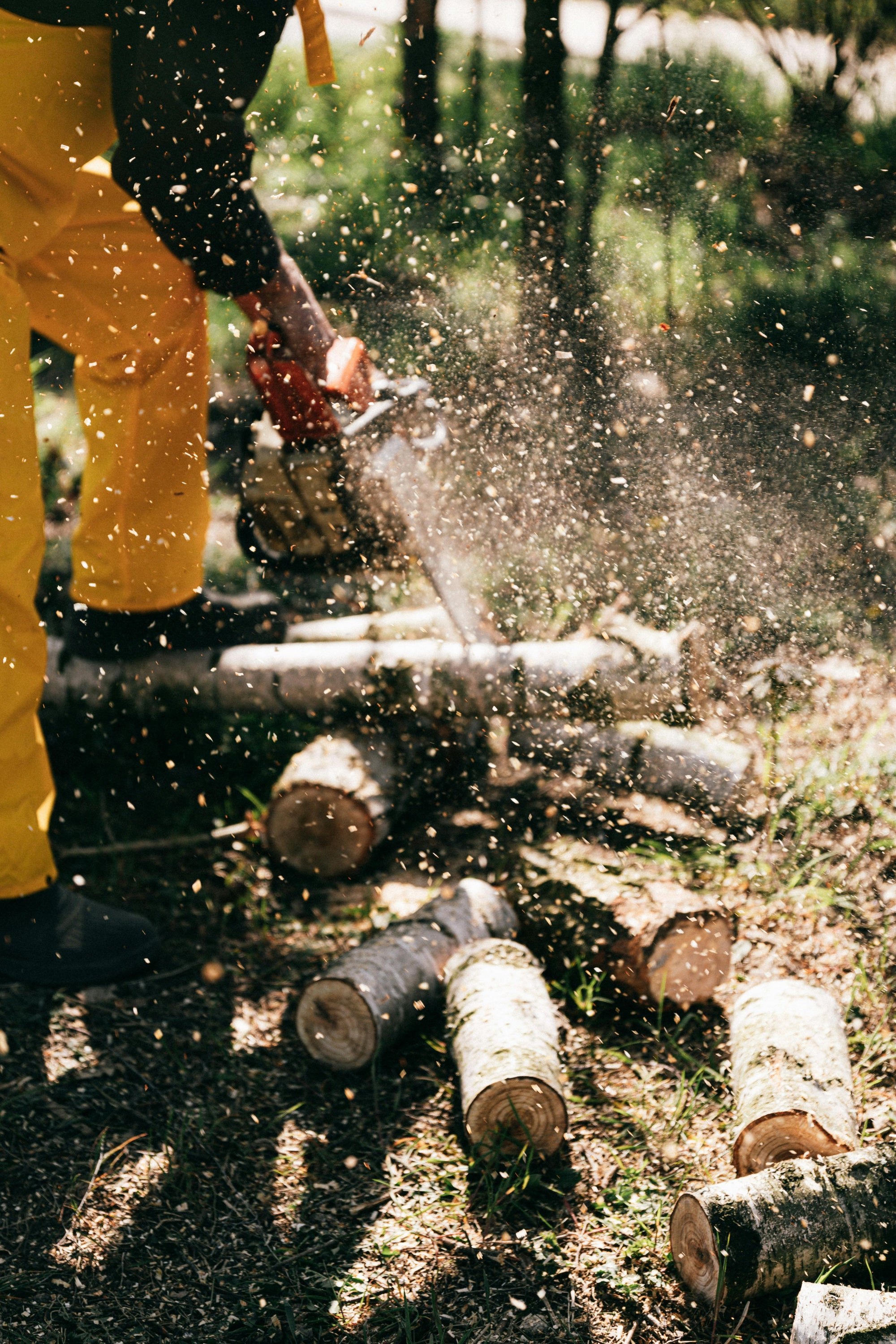Forestry equipment is the backbone of any land-clearing operation. From mulchers to harvesters, chippers to skidders, these heavy-duty machines do the hard work of clearing, cutting, and managing wooded terrain efficiently. But just like any high-performance tool, these machines require proper maintenance to deliver peak performance over time.
Whether clearing land for development, managing vegetation, or tackling storm cleanup, properly maintained equipment ensures less downtime, fewer costly repairs, and longer-lasting results. Let's look at some essential maintenance tips to help extend the life of your forestry equipment and keep your operation running smoothly.
Why Forestry Equipment Maintenance Matters
Routine maintenance isn't just about ticking boxes—it's a strategic investment in the health of your fleet and your bottom line. Here’s why:
High Repair and Replacement Costs
Forestry equipment is expensive. Replacing a mulcher head, track loader, or hydraulic pump can cost thousands of dollars. Regular inspections and preventive care can help you avoid premature breakdowns and extend the usable life of each machine.
Downtime = Lost Revenue
Unexpected equipment failures can halt a project, delaying deadlines and damaging client trust. Every day a machine sits idle is a day of lost income. Routine maintenance reduces the risk of unplanned downtime and keeps your schedule on track.
Long-Term Performance and ROI
When machines are well-maintained, they perform better. You’ll get more consistent mulching power, more efficient fuel use, and a better return on your equipment investment over time.
Routine Maintenance Checklist for Forestry Machines
Make routine checks a habit. They don’t take long but can catch small issues before they become costly failures.
-
Inspect for visible wear and tear: Look for cracks, leaks, or worn parts on tracks, hoses, and cutting tools. Damage spotted early is cheaper to fix.
-
Check fluid levels: Monitor oil, hydraulic fluid, coolant, and fuel levels. Topping off regularly helps avoid overheating and system failures.
-
Clean air filters and engine areas: Dust and debris can clog filters and reduce engine efficiency. Blow out filters and clear debris from engine compartments regularly.
-
Tighten loose bolts and check track tension: Vibrations can loosen bolts and wear down tracks. Tighten anything out of place and keep track tension within manufacturer specs.
These simple tasks can add years to your equipment’s lifespan.
How to Extend the Life of High-Wear Parts (Like Mulching Teeth)
Mulching teeth, blades, and grinding heads are among the hardest-working parts of your forestry gear. To keep them in top shape:
-
Use carbide-tipped parts: Carbide is far more durable than standard steel. It resists wear and maintains production rate much longer, especially in rocky or abrasive conditions.
-
Proper torque tightening: Always tighten fasteners to the manufacturer’s torque specs. Overtightening can damage components; under-tightening can lead to parts coming loose mid-operation.
-
Rotate parts with uneven wear regularly: Don't let one side of a blade or tooth do all the work. Some positions on the rotor might show uneven steel or carbide wear. You can move these teeth to promote even wear and extend their lifespan. Teeth with multiple wear surfaces can be turned or flipped and used again.
-
Sharpen knives: When using steel knives, inspect the edges for cracks and chips. Address any issues that can be repaired, then use a grinder to sharpen a dull edge back to its original state and refresh its cutting performance.
Neglecting these practices leads to uneven cutting, increased fuel consumption, and faster breakdowns—none of which are good for productivity or profits.
When to Repair vs. When to Replace
Knowing whether to repair a part or replace it outright can save both time and money.
Cost-Benefit Analysis
Ask yourself: Is the cost of repairing this part more than 50% of the cost of a new one? If so, replacement is often the smarter long-term move.
Know the Limits of Field Repairs
Quick welds or field fixes may get you through the day but aren't long-term solutions. Rely on field repairs for temporary fixes only, and plan for full maintenance as soon as possible.
Upgrade With Aftermarket?
Sometimes the aftermarket replacement is a cheap substitute for the original, but other times, replacing OEM parts with upgraded alternatives can improve performance. Werewolf Parts offers aftermarket forestry parts engineered for extreme durability and performance. Upgrading with high-performance parts can extend service intervals and lower overall maintenance costs.
Keep Your Equipment Working Like New with Werewolf Parts
Maintaining forestry equipment takes diligence—but the payoff is worth it. Regular checks, thoughtful part replacement, and smart upgrades can save you thousands in repairs and keep your machines working at full power season after season.
Looking to upgrade your high-wear parts? Werewolf Parts delivers heavy-duty, field-tested mulcher teeth, wear plates, and other components built to outperform OEM. Whether you're facing rocky terrain, dense brush, or tight project timelines, Werewolf’s parts are engineered to go the distance.

